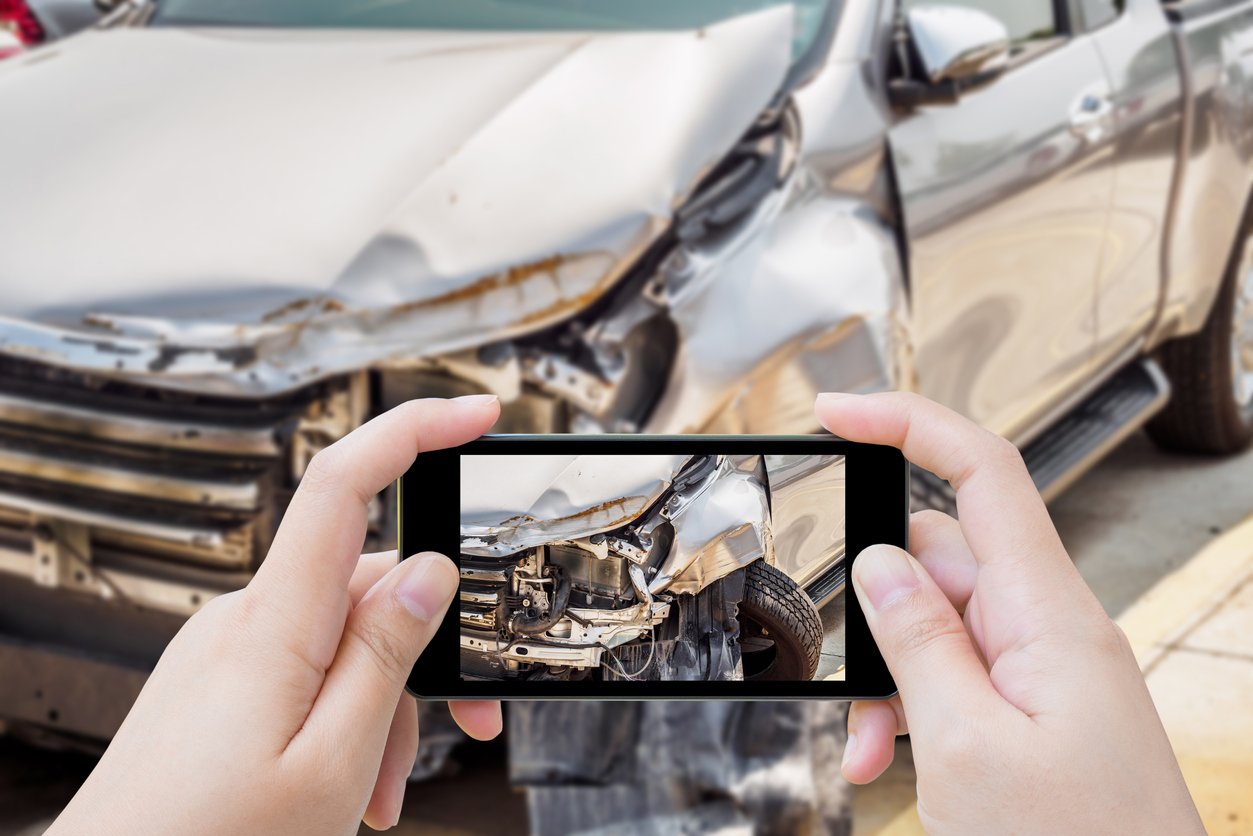Fix or replace? What to do when a fleet vehicle is damaged

After hours one night, you hear the report that you never want to hear: one of your fleet drivers has gotten into a collision. You’re relieved to hear that there were no injuries. But now, you must deal with a damaged vehicle. Should it be repaired or replaced?
It's crucial to have a procedure to analyse the costs of repairing and replacing damaged vehicles. By carefully weighing the financial outcomes and some other key factors, you can avoid losing money on the wrong decision.
Learn all you need to know about Fleet Health & Safety Compliance here.
In this blog, we’ll share the steps for figuring out whether to repair or
Know the fundamentals
First, it’s important to think of each fleet vehicle as an investment — an asset which enables your company to do business, and which changes in value with time and usage.
Damage reduces a vehicle’s marketplace value. No matter how well the vehicle can be returned to pre-collision condition, any repair costs will be added to the vehicle’s total cost of ownership (TCO). Some key questions to answer are:
- How will the value of the repaired vehicle compare to its (undamaged) market value?
- Will your company fully recover repair costs, or is it better to write off the vehicle as a loss?
Once you know the repair costs and a few other figures, you can answer those questions and determine the overall financial effects repairing or replacing will have on your company.
The importance of collecting the right value information
Fleet and health and safety (H&S) managers must know a few critical numbers to calculate the true cost of repairs and determine whether they’re worthwhile:
- Book Value, or your company’s original investment in the vehicle, minus the loss of value over time (depreciation). It can also be considered the unamortised balance of the lease.
- Salvage Value, or the vehicle’s value if sold ‘as-is’ in its damaged condition.
- Used Vehicle Value, or the market value of the used vehicle if it were to be sold undamaged.
- Repair estimates
Calculate and compare your options
Now, you can make calculations and compare the financial impact of repairing versus replacing the vehicle. (Remember, repairs increase a vehicle’s total investment value.)
To see if repairing is worth the cost, a simple equation to use is Repair Cost + Book Value = Total Investment. Compare the Total Investment to the Used Vehicle Value, and you’ll see whether your company would earn or lose money upon selling the fixed vehicle.
On the other hand, if you’re going to sell the damaged vehicle and replace it, it becomes a ‘loss’ roughly equal to Book Value - Salvage Value.
Factor in all other costs
Other expenses can play into your decision. For example, consider the costs of downtime. Does the vehicle being taken out of service represent big costs to the business? The answer can help determine your course of action.
Also, you’ll want to look at the kind of damage. Did the collision do severe structural damage? Will repairing involve engine or transmission replacements? If so, making the vehicle ‘like new’ again may be too expensive, impractical, or even impossible.
Keep your fleet moving
All in all, the repair versus replace choice is made simpler when you begin with what’s left of the vehicle’s book value, do the math, and consider all the variables unique to your fleet.
After crunching the numbers, move quickly to avoid additional downtime and the ‘domino effect’ of rising costs while the vehicle is out of service. The faster you get the vehicle repaired (if that’s the decision), the sooner your business can recover from lost revenues and your fleet can get up and running again.
Fleet vehicles are investments, and it’s essential to treat them that way. When a fleet vehicle suffers damage, make sure you consider all the variables and costs, step-by-step, so that you make the best decision — whether that’s to repair or replace — for your company’s bottom line.
Is your fleet compliant with Health & Safety legislation? Click here to take our quiz and find out!
Topics: Fleet Health & Safety Compliance







